
Measuring brand health: What it is & key metrics to track
While it's unlikely that your brand will need to see a doctor anytime soon, ensuring it remains strong and in good health is essential to your company's success. But what does this mean exactly?
Brand health can suffer from several factors, such as bad reviews or negative public perception. Tracking your brand health can help you alleviate any issues to build and maintain trust with your customers - trust being the foundation for any successful relationship, the factor most likely to influence brand loyalty.
Achieving brand health, however, requires a deep understanding of brand health metrics and consistent tracking. While traditional methods of assessing brand health, centered around market research, fall short in their ability to provide real-time insights, audience intelligence elevates this process with more nuanced findings into customer perceptions.
This article defines brand health - exploring the importance of measuring it, how to track it, and how to maintain it. Let’s get into it.
Table of Contents
What is brand health?
Brand health offers vital insight into customers' satisfaction and affinity towards your brand. The more customers that resonate with your products or services will mean your brand is 'healthy'.
But, customer satisfaction extends beyond product reviews and repeat purchases. It involves a holistic examination of crucial metrics. These indicators offer insights into the various aspects of your brand, from share of voice to sentiment and purchase intent.
To truly understand brand health, however, it's vital to differentiate between operational performance (sales figures and business metrics) and brand identity (the essence of what your brand represents and how it's perceived). In the case of brand health, we're not necessarily analyzing the success of your business surrounding KPIs and ROIs; instead, we're focussing on the factors which embody the overarching core of your brand, what it represents and how it's perceived.
Get to the bottom of analyzing your brand and identify by taking the time to first answer these kinds of questions in the mind of your consumer:
- Is my brand memorable and distinct?
- Do customers find my brand reliable?
- Is my brand messaging consistent?
- How does my brand stand against competitors?
- What emotional connection does my brand forge with customers?
By addressing these questions, you'll be well on your way to deciphering your brand's health.
Why is brand health important?
Analyzing your brand health helps uncover your brand’s strengths and weaknesses. A strong and healthy brand can help you improve your customer experience (CX) helping you retain loyal customers and expand your reach.
But how? A strong and healthy brand is just the thing you need to ensure yours stands out within an overly saturated market, setting you apart, and drawing customers back for more.
Brand health makes this achievable by providing a holistic view of every aspect of your brand performance. By considering all metrics, you can easily spot the areas your brand is excelling and the areas you need to improve. For example, a high brand awareness paired with low purchase intent might hint at pricing misalignment or competitive deals elsewhere that are more enticing.
The benefits of brand health tracking
So, now you know why measuring your brand health is important, let’s move on to explore some more specific benefits. Brand health tracking can help you:
- Measure your performance: By always keeping tabs on your market and your competitors, it’s easy to stay on top of your performance within your niche or industry. Regularly track how your brand is performing as the current market is dynamic and regularly fluctuates. By doing so, you’re guaranteed to stay ahead of the curve at all times.
- Refine your marketing strategy: Brand health metrics allow you to analyze various aspects of your brand performance to ensure you’re always meeting your target audience's needs and expectations. If you’re not performing particularly well in one area, tracking your brand health will highlight this and allow you to adjust your strategy accordingly. It’s then important to continue evaluating your marketing strategy to measure how well these changes are working for your brand and see if these adjustments impact your brand as expected.
- Analyze your audience segments: Segmenting your audience allows you to better understand the shared affinities and behaviors of different groups or communities within your target audience. With the Communities feature on Pulsar TRAC, access real-time data at the click of a button in an instant. Take the time to analyze your audience to identify promising segments and those needing more tailored engagement.
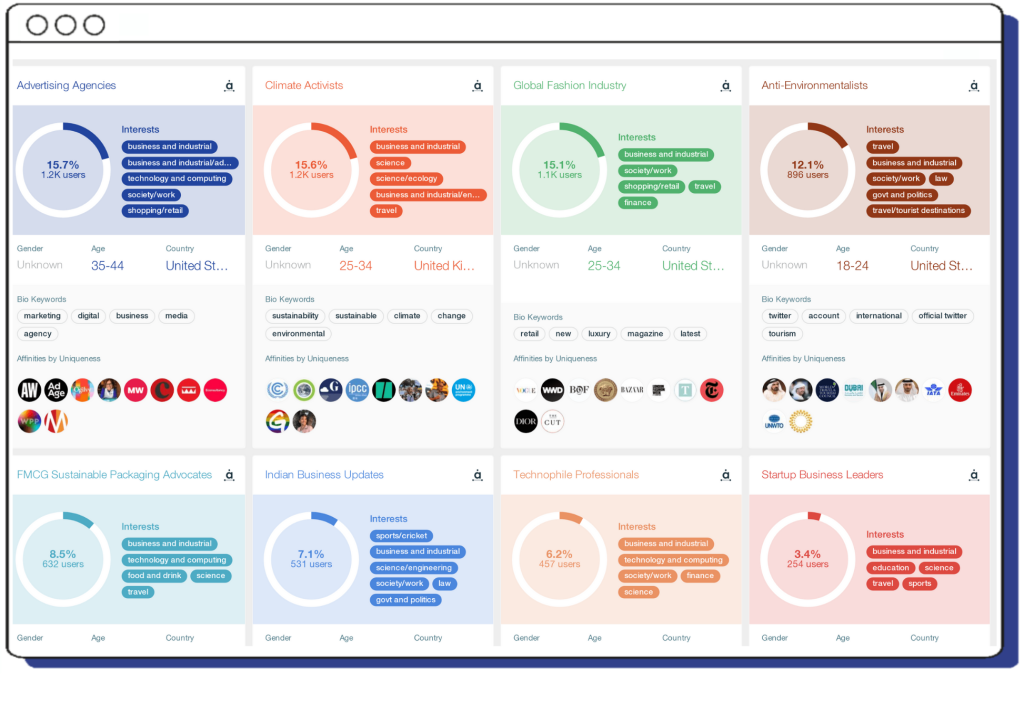
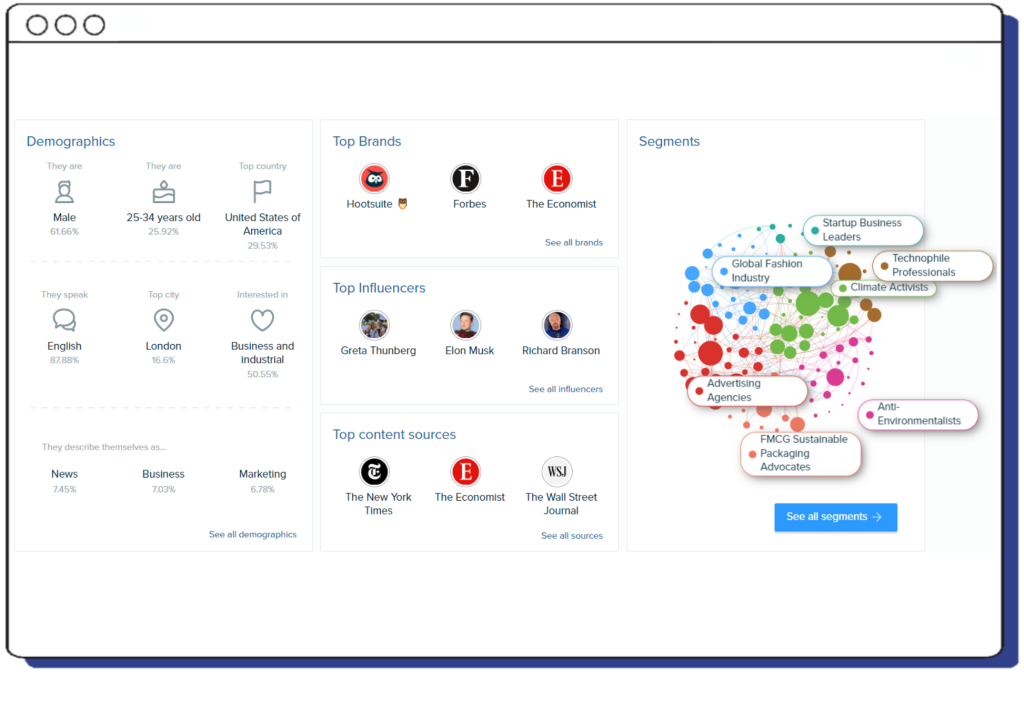
- Drive innovation: Stay up-to-date with shifts in consumer sentiments, emerging trends and changes within your market. This can help you keep your brand image fresh at all times, resonating with evolving audience expectations.
- Benchmark yourself against competitors: With platforms like Pulsar CORE, track key metrics for your competitors as well as your own brand to identify your strengths and areas of opportunity.
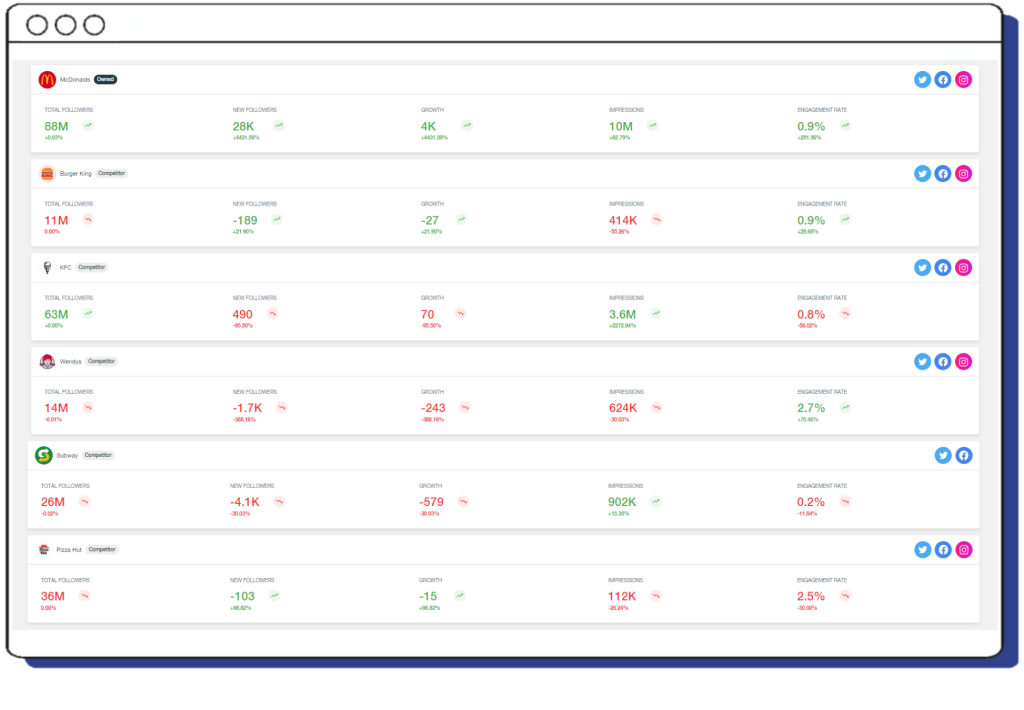
Brand health metrics
Now you know why measuring brand health is important, and the benefits of tracking - let’s now move onto exploring the essential metrics needed to guide your brand to its peak health.
1. Brand awareness / brand recall:
Using a social listening tool like Pulsar TRAC allows you to instantly gauge how often your brand is mentioned in real-time, where these discussions occur and their sentiment. A 'healthy' brand is not only well-recognized, but also attracts largely positive feedback online. After all, consumers typically gravitate towards brands they're familiar with. Similarly, brand recall assesses a consumer's spontaneous recollection of a brand. For example, if you were to ask survey participants, 'Which soft drink first comes to mind?' and they respond with 'Coca-Cola' without any prior prompting, this demonstrates effective brand recall indicative of successful marketing and branding strategies.
2. Brand equity:
Brand equity refers to the added value or power a brand name gives to a product or service in the eyes of consumers. Let’s take two identical pairs of white trainers as an example. One pair has a Nike logo, and the other pair is unbranded. If people are willing to spend more money on the pair with the Nike logo, despite the identical design, this extra sum is thanks to Nike’s brand equity. In short, brand equity is the value of a brand name that makes people more likely to pay for or trust the product/ service more.
3. Brand reputation / brand sentiment:
While brand reputation concerns the overall perception of your brand in the marketplace, brand sentiment delves deeper, capturing the emotions or feelings consumers associate with your brand. Both metrics are pivotal for a comprehensive grasp of public perception. With advanced social listening tools like Pulsar TRAC, you can seamlessly monitor various channels, capturing real-time feedback. From online reviews and press mentions to social media interactions and targeted surveys, these insights are invaluable. Proactively addressing customer feedback increases trust and loyalty, driving increased sales. Essentially, brand reputation and sentiment are ever-evolving, mirroring the fluidity of a dynamic online audience and reflecting broader societal trends - so consistent monitoring is non-negotiable to uphold a favorable brand image. For a deeper dive into sentiment and reputation, refer to our prior article: “Understanding sentiment analysis: A detailed guide”.
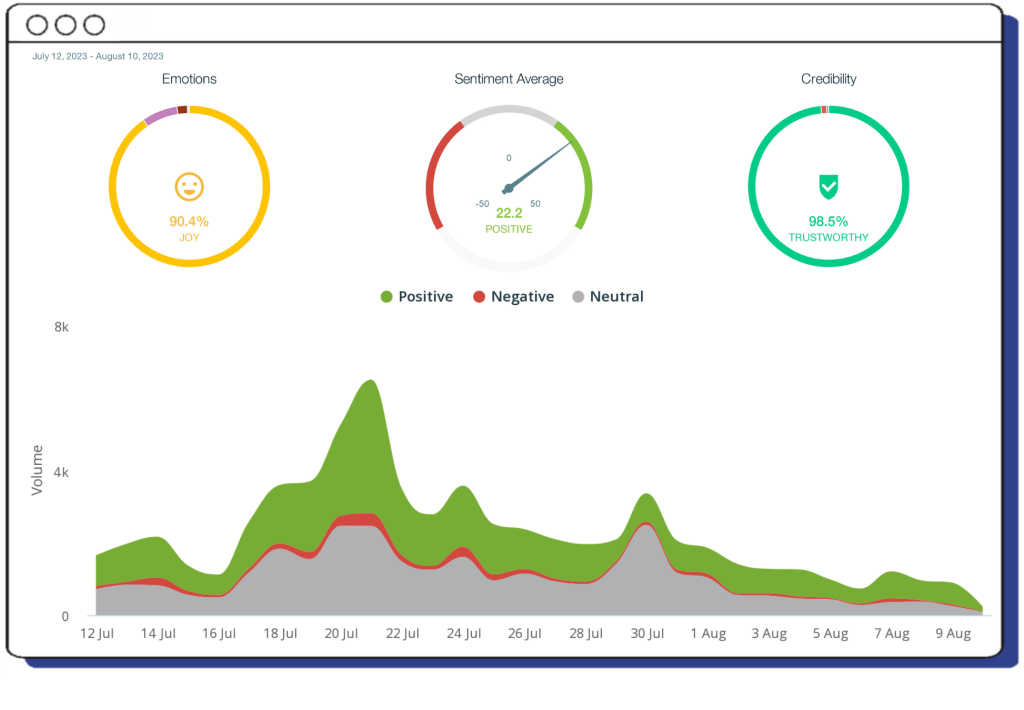
4. Net Promoter Score (NPS):
NPS is a metric used to measure customer loyalty and satisfaction by indicating the likelihood of your customers to recommend your brand to others. NPS typically requires asking customers to rank themselves on a scale of 0 (not likely) - 10 (very likely) based on how likely they are to recommend your brand, product or service to friends and family. You can categorize those ranked between:
- 0-6 as Detractors
- 7-8 as Passives
- And, 9-10 as Promoters
From this, you can calculate your NPS score by subtracting the percentage of Detractors from the percentage of Promoters. A high NPS score indicates customer satisfaction and loyalty, making it a crucial tool for brand health tracking.
5. Purchase intent:
Purchase intent captures a buyer’s readiness to purchase from your brand. The journey towards purchasing is nuanced, encompassing various stages. Broadly, you can categorize these as:
- Informational Stage: Here, the customer seeks information about the product or service, perhaps driven by curiosity or an identified need.
- Navigational Stage: The customer has shortlisted a few options and is evaluating which best fits their requirements.
- Transactional Stage: The customer is poised to finalize their decision, with considerations primarily around cost and value. Items may already be in their shopping cart, signaling a readiness to complete the purchase.
Tracking purchase intent is invaluable. It provides insights into potential drop-off points in the buying process but also indicates the effectiveness of your marketing and branding efforts.
6. Share of Voice (SOV):
Share of voice tracks the popularity of your brand by comparing your brand's presence in its market niche against competitors. The higher your SOV, the more popular your brand is among its target audience. But how is this calculated? Simply put, it involves calculating the percentage of your brand mentions on the internet across various platforms compared to your competitors. Monitoring your SOV can help you understand your positioning within the market while indicating if your branding strategy is working as SOV increases.
7. Social media engagement
Social media engagement provides insight into how audiences are interacting with your brand’s content across the various social media platforms. Engagement not only shows that users are reaching your posts, but that it has resonated with them enough to take an action - that being a like, comment, share, follow etc. Typically, the higher your engagement, the stronger the brand loyalty, positive sentiment and good overall brand health. For tactics on increasing your social media engagement, head to our article “Strategies to increase social media engagement: Metrics to track for success”, and to learn more about analyzing social media data to inform your strategy, read our article on “Mastering social media analytics: From data to tracking, tools and reporting”.
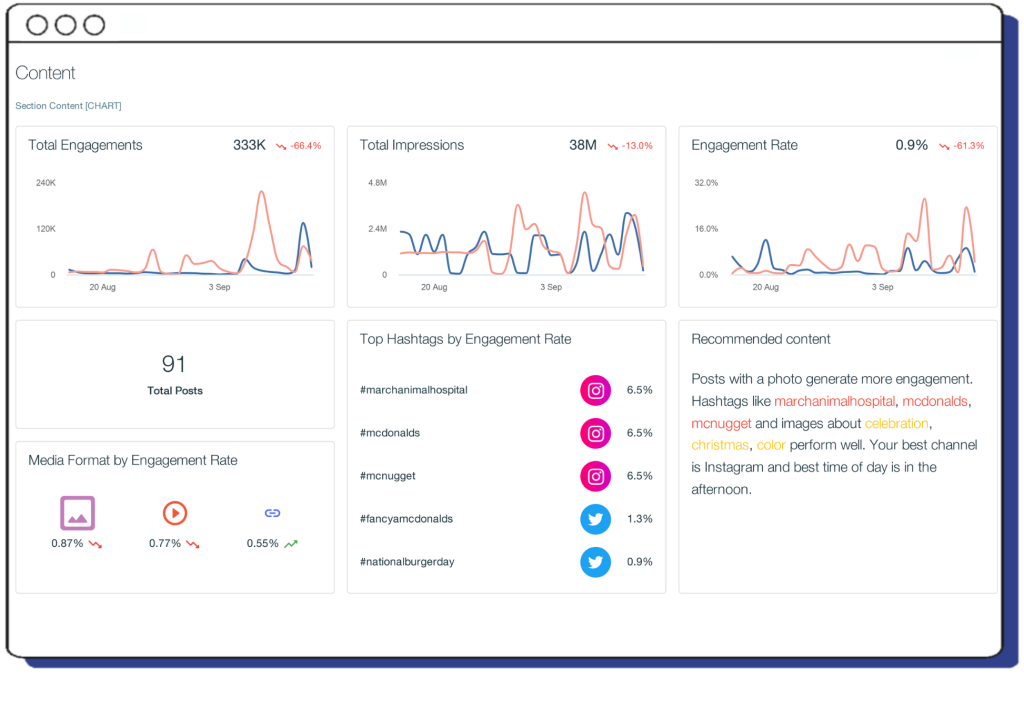
Maintaining a healthy brand
Consistently tracking key brand health metrics ensures your brand remains robust and vibrant. Much like personal health, it's easier to maintain a brand's well-being than to repair it once it's faltering. Here's where the power of audience intelligence tools, like Pulsar TRAC, truly shines. While traditional methods only scratch the surface, audience intelligence tools like Pulsar TRAC delve into the depths of audience analysis. This level of insight, capturing real-time and nuanced perceptions, paves the way for strategies that resonate genuinely, ultimately leading to increased brand health. Consider the power of audience segmentation: successful marketers understand that a healthy brand begins with a happy audience. By gaining a profound, segmented insight into your audience, you lay the foundation for a brand that not only thrives but also seamlessly evolves with the dynamic pulse of your online community.


